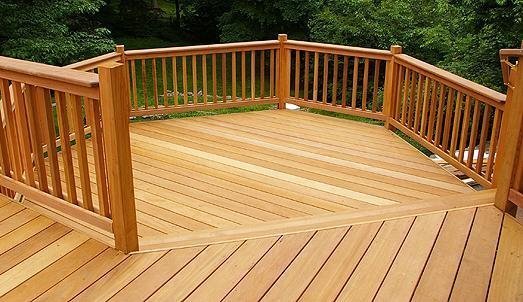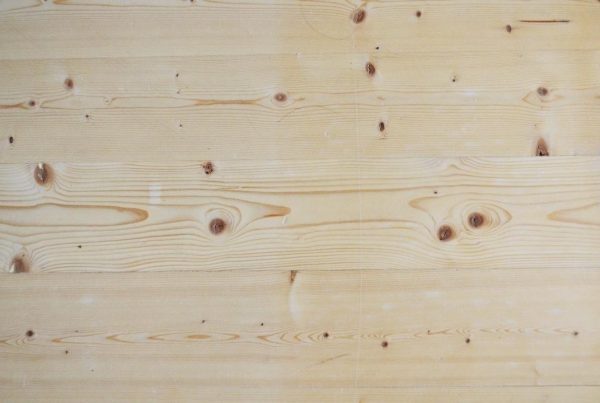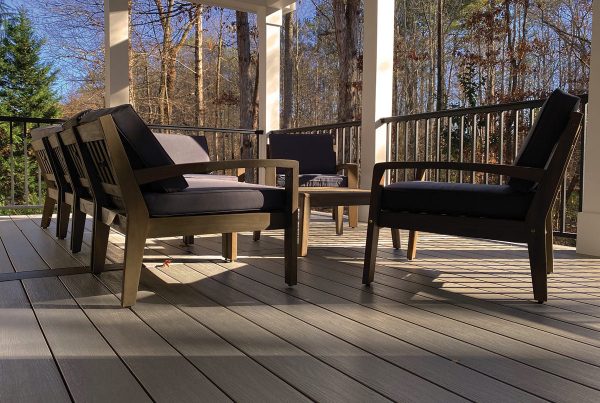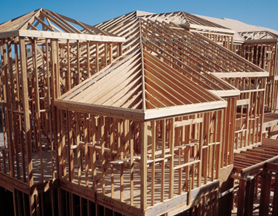What is Dimensional Lumber?
Okay, let’s break it down for you. Dimensional lumber is just wood that’s been cut into specific sizes. They measure it in terms of how deep and wide it is, but they don’t worry too much about how long it is. To get it ready for building stuff, they usually cut it and make it nice and smooth, but sometimes it’s left a bit rougher if that’s what someone wants.
The cool thing about dimensional lumber is that it’s pretty consistent in size. That means if you buy a piece of it, you can be pretty sure it’s going to be the same size as another piece of dimensional lumber. That makes it great for building things like houses because everything fits together nicely.
Nominal and Actual Dimensions
Now, here’s a little twist. They have two names for the sizes of dimensional lumber: nominal and actual dimensions. Nominal is like the name they give it, but actual is what it really measures. For example, there’s this really common piece of lumber called a “two-by-four.” The name, or nominal dimensions, are 2 inches by 4 inches. But when you measure it for real, it’s actually 1 1/2 inches by 3 1/2 inches. The difference comes from how they cut and shape the wood. So, the nominal dimensions are 1/2 inch more than the actual ones. This naming thing only happens with certain types of wood like Doug-fir, Hem-fir, and Spruce.
Standard Lengths for Dimensional Lumber
When it comes to how long a piece of dimensional lumber is, they usually just write that as the last number out of three. Like in “2 in. x 4 in. x 8 ft,” the “8” tells you it’s 8 feet long.
1. Common Wall Construction Lengths
For building walls and stuff, the most common lengths used are between 8 feet and 16 feet. People hardly ever use pieces that are 18 feet to 20 feet long because they’re only good for a few special situations. Walls usually need 2-by-6 and 2-by-4 lumber.
2. Wall Studs
Now, the parts that go inside the walls, called studs, can come in different lengths. You can use a 92 5/8-inch stud or a 104 5/8-inch stud, depending on how tall your wall is. The shorter one is for 8-foot walls, the longer for 9-foot walls. For really tall walls, like 10 feet, there’s a pre-cut 116 5/8-inch stud. These also use 2-by-4 and 2-by-6 lumber.
3. Floor Joists
For making the floors, the stock lengths are usually 8 feet to 16 feet. The most common is 12 by 14 feet. There’s no strict rule about which way to put these joists, whether it’s 12 or 14 feet wide. A good builder will figure out what works best. For floor joists, they use 2-by-8 and 2-by-10, and sometimes even bigger.
4. Special Dimensional Lengths
Sometimes, you need really long and wide pieces, like 2-by-10 and 2-by-12. These go well with lengths up to 24 feet. But these big ones aren’t made very often because they’re hard to move around. If you need them, you can order them specially made for your project.
So, there you have it, the standard sizes for dimensional lumber and how they’re used. If you want more details, you can always ask the folks at Sherwood Lumber for help.











